Little Packet, Big Questions
Okay, let’s cut straight to the chase. Have you ever found yourself at a café or a fast-food spot, grabbing that tiny salt packet, ripping it open, and sprinkling the whole thing over your fries without even thinking? Yeah… me too. Feels harmless, right? It’s just a small paper packet — looks innocent enough. Here’s the kicker: those little packets may be packing more sodium (that’s “Na,” for all you chemistry fans) than you’d expect. We’re talking hundreds of milligrams… from something you barely even notice using.
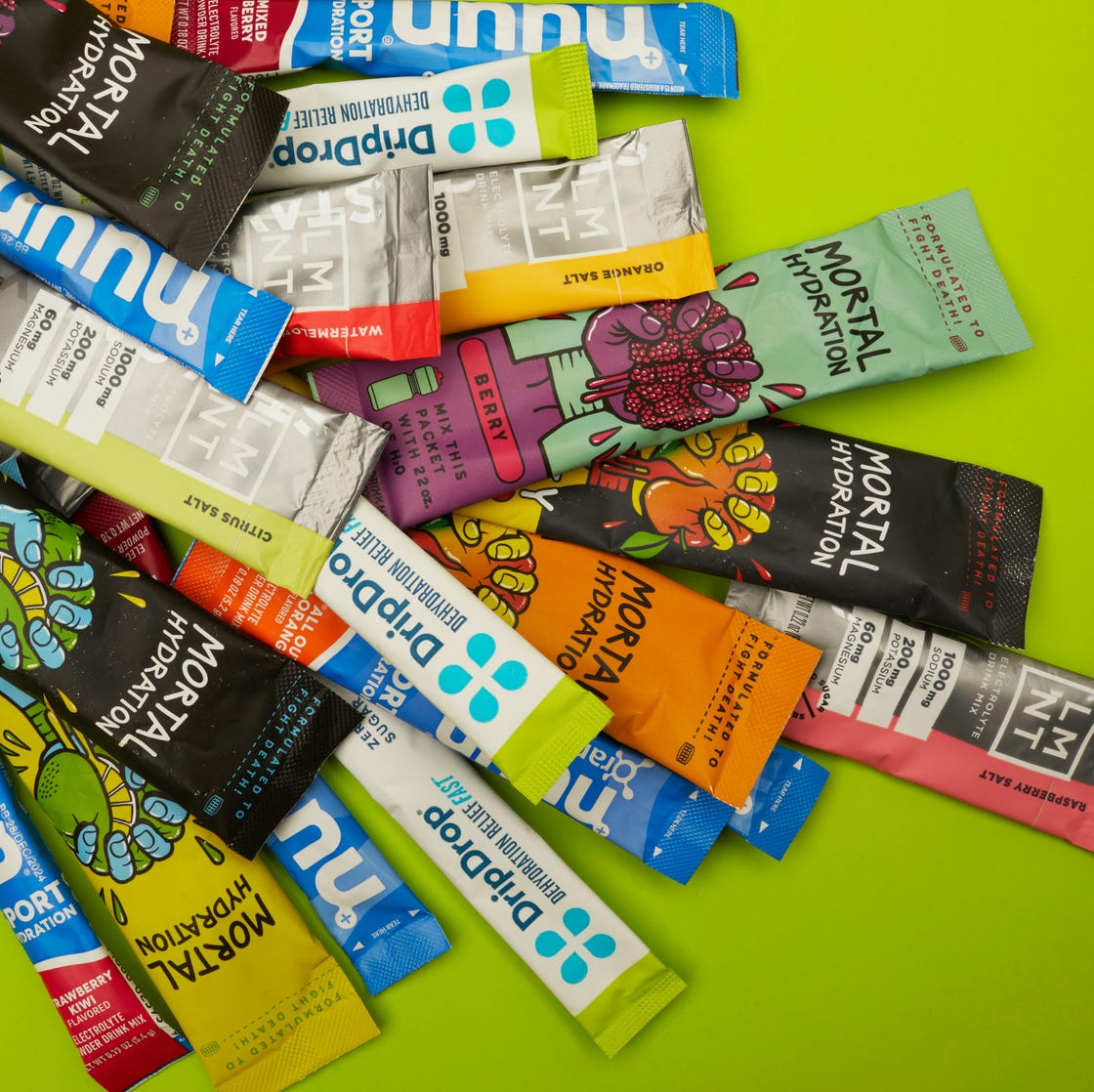
That moment hit me the other week when a friend looked at my salad and said, “Wow, you always use the whole packet?” And I laughed and said, “Doesn’t everybody?” But turns out, there’s a story inside that crinkly little envelope. Let’s dive in… It’s probably more connected to your health than you’d think.
What’s Hiding Inside?
So, How Muvh Na is in a Small Paper Packet Anyway?
Here’s the fast answer. Most small single-serve salt packets in fast food, restaurants, and cafeterias contain about 0.5 to 0.8 grams of salt per packet. Since salt is 40% sodium by weight, that means you’re getting roughly 200 to 290 mg of sodium Na in just one of those packets. (That’s not a typo. One McDonald’s salt packet clocks in at 290 mg sodiumaccording to Eat This Much and directly from McDonald’s.) And restaurant suppliers often list packets between 0.5 and 0.8 grams of salt, with sodium ranging from 200mg to 290mg (DYMA Brands, 0.75g packet = 290mg Na).
It doesn’t sound like much… until you do the math over the course of a day. Sprinkling a packet on breakfast eggs, another on your lunch sandwich, and then “just a little” more at dinner? Suddenly you’ve added nearly 900mg Na from packets alone — without counting anything hiding in the actual food.
If you want the granular details (see what I did there?), check out how much na is in a small paper packet in grams for specifics on packet sizes and sodium content. I admit, when I looked this up for myself, it was startling.
Packet Versus Shaker: Is It Really That Much?
Okay, story time. My roommate and I once grabbed takeout and he dumped two salt packets onto his fries. I was like, “How much is that… compared to what you’d get at home?” So we measured one of the paper packets next to a kitchen measuring spoon. Turns out, 0.5 grams of salt is about 1/6 of a teaspoon — which doesn’t look like much if you’re a heavy-handed shaker, but each packet is tightly packed with sodium. Check out how many teaspoons of salt is in a salt packet for a fun visual breakdown (spoiler: it’s easy to use a lot more than you think).
| Salt Source | Sodium (Na) per serving | Equivalent in teaspoons |
|---|---|---|
| One small paper packet (0.5g) | ~200 mg | ~1/6 tsp |
| One “large” chain packet (0.8g) | ~290 mg | ~1/4 tsp |
| Recommended daily max (AHA) | 1,500-2,300 mg | ~2/3–1 tsp |
Wild, right? You might be getting 10–20% of your daily recommended sodium from just one or two tiny envelopes of salt.
Salt isn’t Just Salt
Sea Salt, Table Salt, Himalayan… Does it Matter?
Let’s clear something up. No matter how “fancy” the salt — whether it’s flaky, pink, or harvested by hand at the edge of a volcanic lake — sodium content in salt is pretty much the same according to Mayo Clinic. Sea salt, kosher salt, table salt: by weight, they’ll all deliver about 40% sodium.
So yeah… a small paper packet of sea salt will have just about as much Na as a paper packet of classic diner table salt. Sorry, gourmet fans! If you want flavor variety, go nuts, but if you’re counting sodium, stick to the numbers—not the marketing.
Day-to-Day… Is It Really That Bad?
Where Else Is Sodium Lurking?
Let’s play a game: What’s the sneakiest source of sodium in your day? If you guessed “french fries” or “ramen noodles,” you’re not wrong. But here’s what always blows my mind: over 70% of sodium in most people’s diets comes from pre-packaged or restaurant foods — and not the salt you add at the tableaccording to the FDA. Those little salt packets? They’re just part of the puzzle… but it’s an easy piece to control.
True Story: The Salt Habit
My dad used to put a salt packet in his pocket every time we’d go to a diner. “Just in case the fries are bland,” he’d say, but by the end of the meal — every time — that packet was empty (sometimes two). Now he’s retired and tracking his blood pressure… and wouldn’t you know, he’s stopped automatically adding salt. Says he finally “tastes the real food” again.
Have you ever stopped for a second to notice just how many packets you use in a week? It’s like… wait, really? Is it possible I’m eating that much sodium from these little packets?
Sneak Peek: How Much Is “Too Much?”
Let’s Talk Numbers — And Why They Matter
The American Heart Association (“AHA”—those heart health folks) recommends no more than 2,300 mg sodium per day for adults, but says 1,500 mg is ideal for most. (Pro tip: That’s less than 3/4 of a teaspoon of salt in a whole 24 hours!)
It sounds easy, but start adding up what’s in bread, cheese, restaurant food, and — you guessed it — salt packets, and it’s crazy how fast that number stacks up. Like, two “generous” salt packets at lunch? That’s about 600mg. Your sandwich meat might add 700mg. You’re almost at the “ideal” for the day… and the sun isn’t even down yet!
It’s not just a numbers game: Excess sodium raises blood pressure, increases risk for heart disease and even strokes. That’s not scare talk — it’s solid science according to the AHA.
If you want to see what’s really in those paper packets, check nutrition guides and try to hunt down specific numbers for your go-to restaurants or grocery brands. Or, for a reality check, see how much na is in a small paper packet in grams.
Making Swaps and Savoring Food
Small Changes, Big Impact
Here’s where it gets personal. I was always a “just one more shake” kind of person. But last year, after one too many lectures from my nutritionist-buddy, I started to swap out salt packets for lemon, herbs, or seasoned vinegar. At first, it felt a little bland… but then my taste buds woke up!
Do I never use a packet? Of course not. Sometimes you need that boost. But if you’re trying to keep an eye on health (high blood pressure runs in my family, so yeah…), saving sodium for the moments when you can actually taste it is honestly more satisfying.
| Old “Salty” Habit | Try This Instead | Sodium Savings |
|---|---|---|
| Using 2 salt packets per meal | One packet + lemon juice and herbs | ~200mg less sodium |
| Adding packet to pre-salted fries | Skip salt, add pepper or chili flakes | 200–300mg less sodium |
| Salting everything automatically | Taste first, then salt only if needed | Variable, but often 100–300mg/mealtime |
Checking Labels Like a Detective
This is almost fun—like solving a tiny mystery every time you eat out or buy a snack. If you scan the nutrition facts on those little salt packets, you’ll see serving size and usually a sodium amount right there (pro tip: 290mg per packet is not uncommon for restaurant brands, DYMA Brands). For packaged foods, look for sodium counts — and be amazed at how fast those numbers add up when “just a pinch” here and there is more than you planned.
Zooming Out – Why Sodium Matters For Wellness
Beyond Blood Pressure: The Bigger Story
It’s not just blood pressure. Think about your energy, recovery after workouts, and even sleep quality. Too much sodium can leave you feeling bloated, sluggish, or weirdly thirsty. Athletes need some sodium for fluid balance, sure, but for most of us? Less is plenty… unless you’re sweating buckets at marathon training or, I don’t know, living on the sun.
Your kidneys are sodium masters, but even they have their limits if you keep tossing extra salt into the system. You don’t need to be scared — just aware. Use most of your daily sodium “budget” for foods you really crave… and maybe don’t spend it all on bland fries or lukewarm cafeteria eggs.
And hey, if you want to really geek out, go down the rabbit hole with the guides at how many teaspoons of salt is in a salt packet — you might be surprised just what a difference paying attention can make.
The Takeaway (in a Small Packet)
So, next time you’re tearing open that tiny paper packet, take a second…and wonder: how muvh Na is in a small paper packet, really? About 200–290 mg sodium. That’s up to 13% of your daily max — in a blink — from just one. Those little packets are small, but mighty!
If you’re someone who grabs a few with every meal, maybe try tasting your food first… or using half a packet with a squeeze of lemon instead. Maybe you’ll realize, like I did, that most things are salty enough already. Making friends with herbs, acids, and umami flavors can help you cut back without missing out. It just takes a little curiosity — and yeah, a little willpower when those fries call your name.
Your move: Try counting up your “hidden sodium” just for a week. Test some swaps. See how you feel. I’m betting you’ll notice a difference — maybe even before you open the next packet.
Oh, and if you want to nerd out on numbers or visuals, swing by how much na is in a small paper packet in grams anytime. Let me know what surprises you! Because getting wise to those little packets? That’s where real food freedom starts.
See you at the lunch table — and hey, save me a packet (but maybe just one this time).

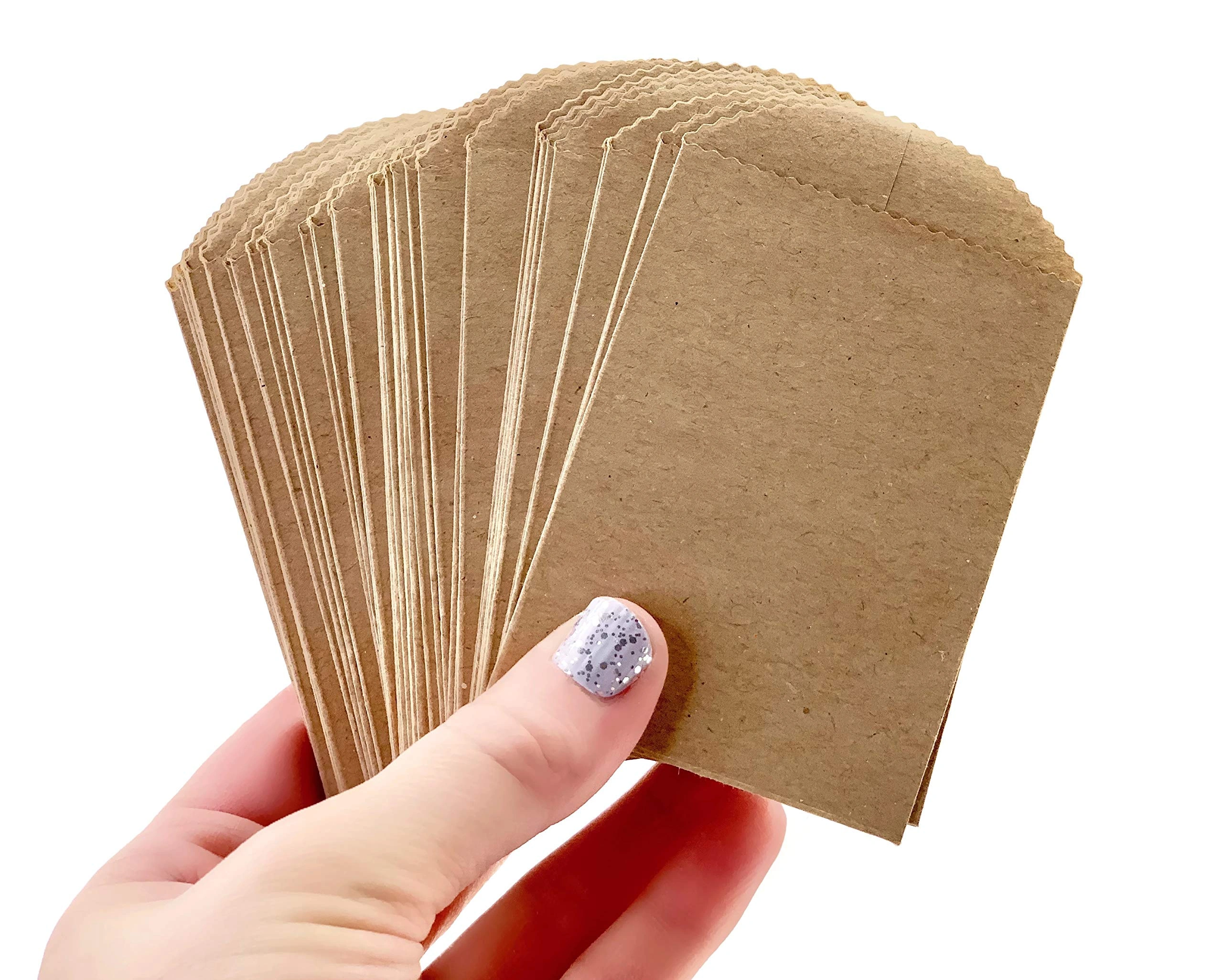




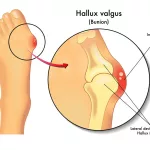
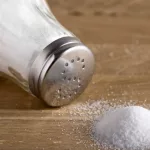
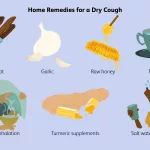


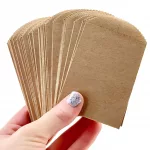
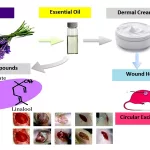

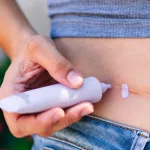

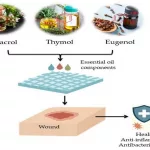

Leave a Reply
You must be logged in to post a comment.